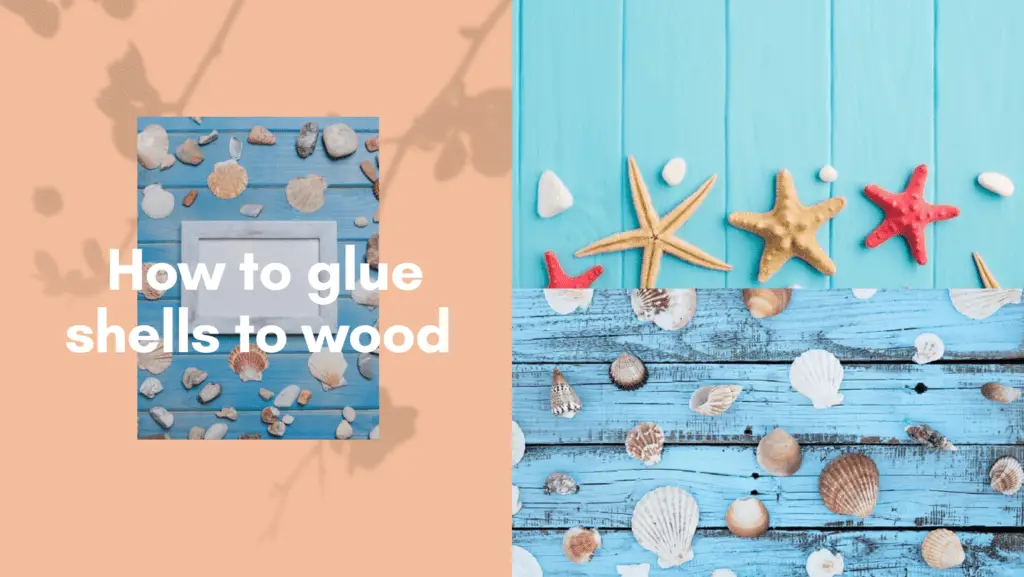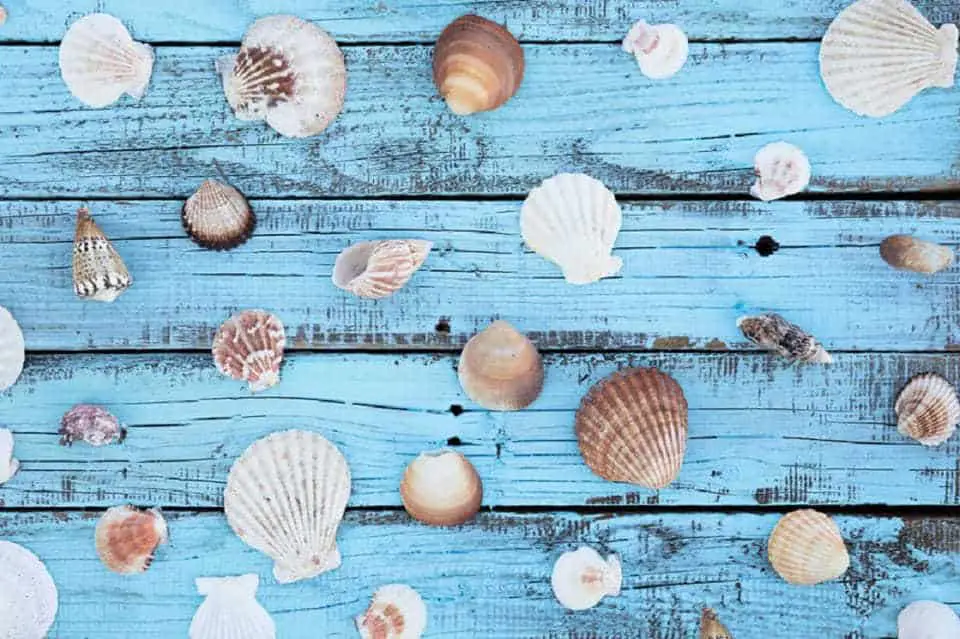
There are very simple ideas that are easy to implement but can completely express the creator’s emotions. Today, Gluecare would like to introduce to you how to glue shells to wood.
It is simple but outstanding with only snail shell, sea urchins, and starfish and exudes a very luxurious beauty for your rooms.
We help to improve your home in several ways using seashells from your favorite beach. There are many ways to stick the shell onto wood. However, our top pick is Rhinestone glue.
This article will give you an overview of the method to stick shell to wood.
Now, let’s explore together!
Things You’ll Need
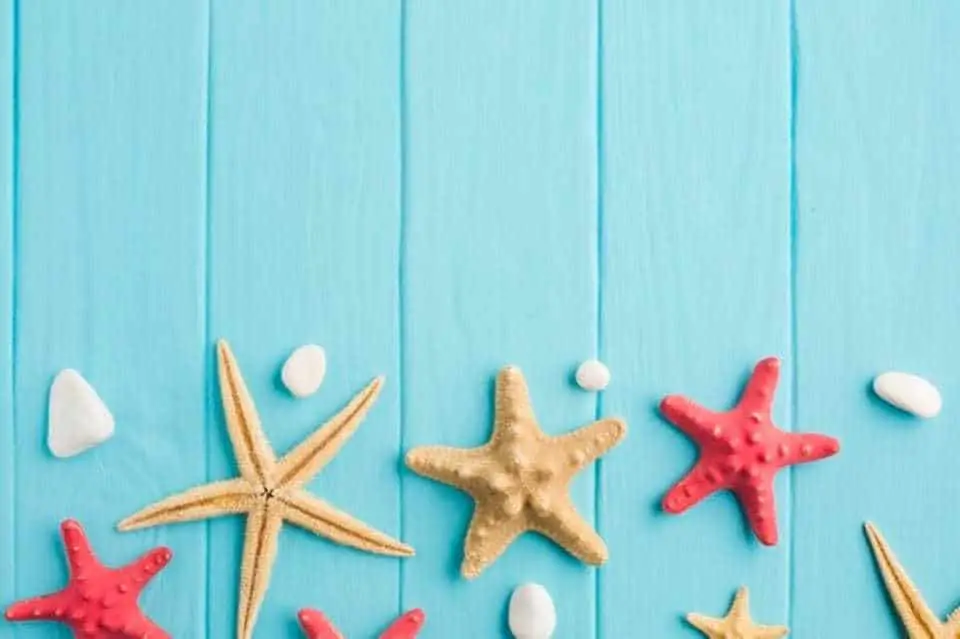
You will need:
- Snail shells, seashells, sea urchins, big starfish
- A wooden surface.
- Adhesives
- Glue guns
- Acrylic paint
- Paintbrush
We used epoxy to stick the shells on wood. A colorless epoxy mole so that the glue is almost invisible and added to the resin an epoxy color to match the color of the shell.
If the wood has only a decorative purpose and not a practical one, it can go with a universal Moment glue. You can also use hot silicone adhesive, but you need a glue gun.
There are many answers to the question of what to use to glue shells to wood. However, they are not all perfect. Some have a smell, others a color.
Ideally, we need transparent adhesives that are easy to use, odorless, and provide reliable adhesion to the surface.
Perhaps the best glue for sticking shells to wood is Rhinestone glue. It is suitable for any surface, including fabrics. It has no odor because it is water-based and convenient to use.
How To Glue Shells To Wood? Step By Step Instructions
Before we get into how to stick seashells to wood, you’ll want to know how to clean your shells properly.
Step 1: Selecting And Preparing Shells For Crafting
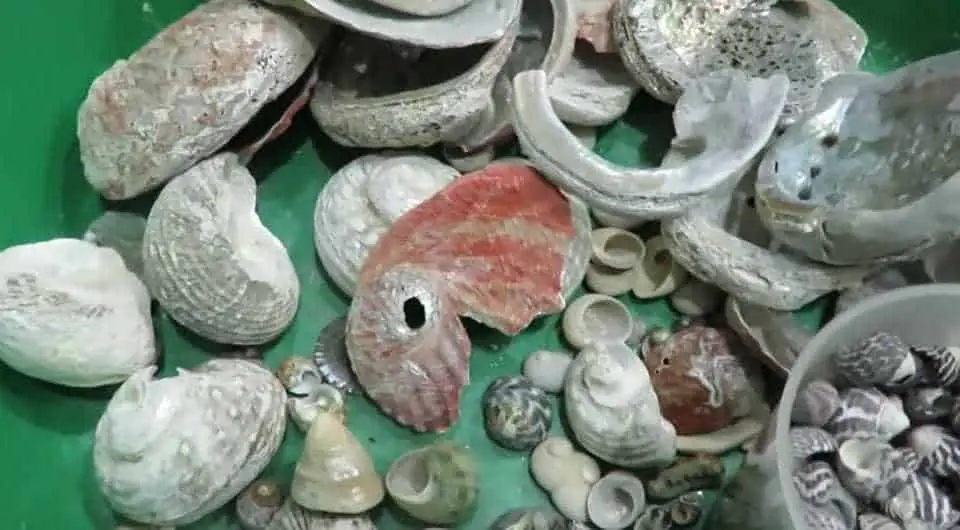
Before gluing the shell, you must carefully prepare them. There may be remnants of shellfish.
Here’s a solution that’s safe for you and your shell and how to clean them;
- ¼ cup muriatic acid and ¾ cup water.
- Immerse for up to 3 seconds and neutralize in freshwater immediately afterward.
- Avoid contact with skin and stainless steel.
If you want to see the process of cleaning seashells, check out this tutorial on cleaning the seashells.
- In the beginning, wash the rapana, then put it in hot water and boil 1-2.
- Drying and washing again, you can additionally clean the sinks with a toothbrush.
- You can rub the surface with oil or shine cream. You can immediately open it with varnish. In my opinion, it is the preferable option.
Pro Tip: Cover your mouth and nose with a cotton-gauze bandage, put on gloves, and remove the insides of the seashells with tweezers and a knife.
Step 2: Prepare The Surface Of Wood
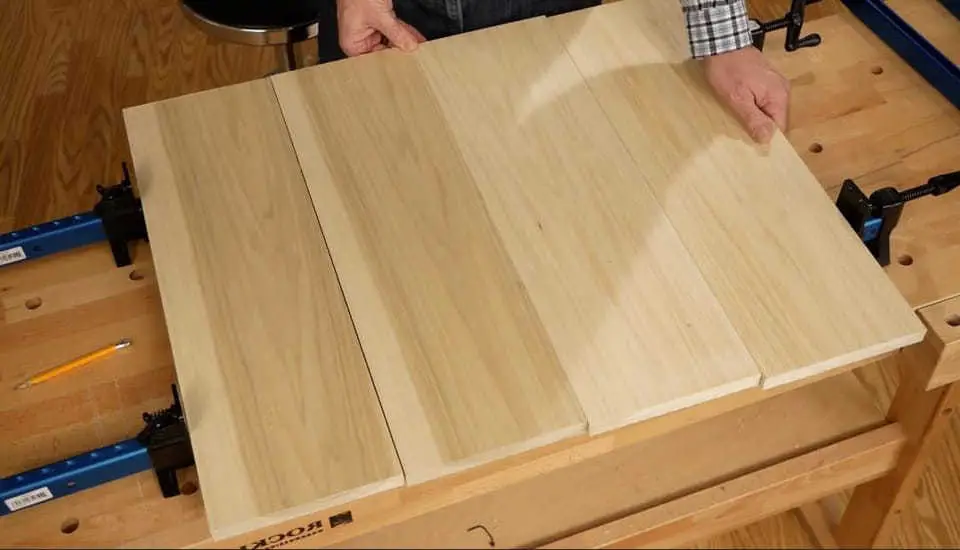
If the shell fell off along with the paint, then it’s not about the adhesives. The reason is the poor adhesion of the paint to the surface. That is why you should prepare the surface for gluing.
It is necessary to clean your wooden cardboard before gluing. Otherwise, you can see dust and other particles even after completing the job.
Do not forget to dry and degrease the surface before gluing thoroughly. All you need is to clean the surface. If water can’t clean the surface, you may need a solvent or cleaner.
Then, sanding is a necessary step to remove dirt and bond strength in contact with the adhesives. In this case, we recommend using fine sandpaper with a grain between 240 and 320 grit.
Step 3: The Best Way To Glue Seashells To Wood
Epoxy Adhesives
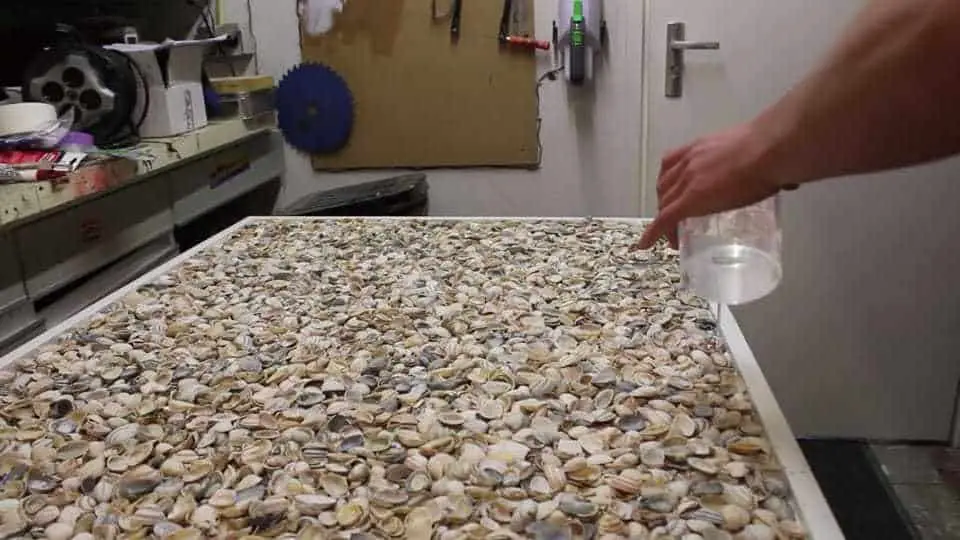
We decide on the points of contact and mark them. Then, we apply the adhesives with a margin.
Then connect the shell and remove the excess adhesives immediately. It is better not to disturb the product until the adhesives are completely dry.
If you work with epoxy, we advise you to mix only the required amount. It quickly grasps. If the elements are small, a small drop of adhesives is enough.
Hot Glue Gun
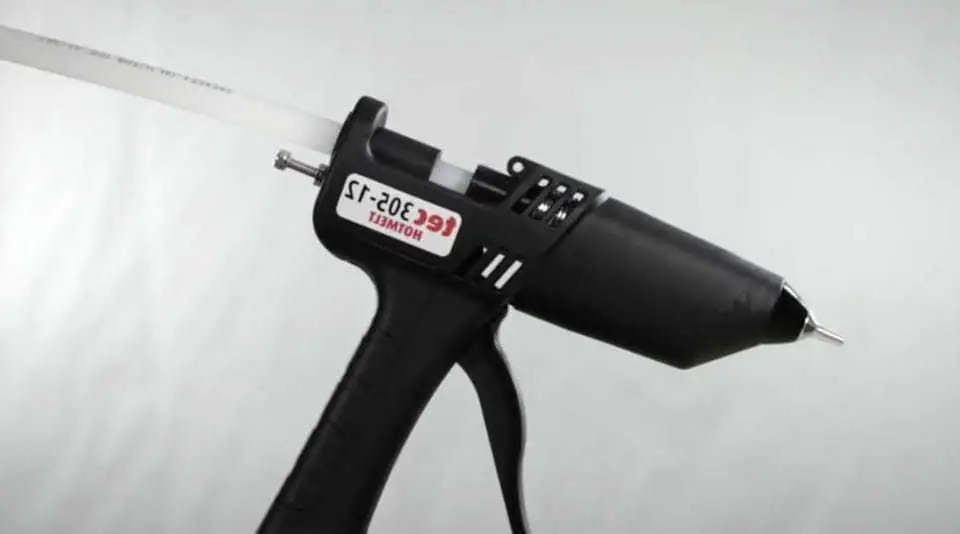
The gun glue comes in the form of sticks. You load a pistol with them and plug it into an outlet. The adhesive starts to melt.
Now pull the trigger and squeeze the liquid adhesive mass directly into the desired location on the canvas. And press the shell there. The adhesive hardens quickly, and the shell is glued! All perfectly.
The use of the hot glue gun requires following safety instructions.
Moment Glue

There are also options, such as Moment glue and various super-glues. You can use them. However, the pungent smell and the same viscosity are a little embarrassing.
They cannot be burned, and it is easy to squeeze out because it is packed in a soft tube with a thin nose. And, most importantly, it holds this glue firmly. You can usually buy it in art stores, in the same place as all decorative materials.
Acrylic Gel
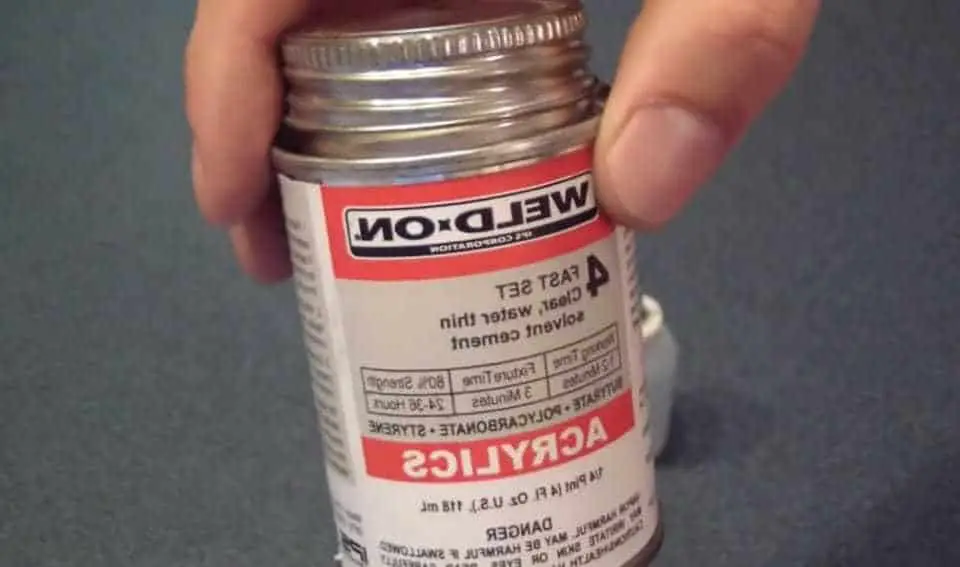
Another great adhesive is clear acrylic gel. It can be matte or glossy. If you are working with a matte surface, it is better to use a matte gel and vice versa.
Acrylic gel meets all our requirements. Usually, we use gel for gluing large elements, and it has never let us down!
Step 4: Let The Adhesives Dry
Whether you choose what glue to use to stick shells to wood, keep in mind that both the glue and the gel will take a long time to dry. If you are gluing a large and uneven object, such as a shell, you will need a lot of gel. Besides, the surface must be horizontal.
If necessary, you can easily remove the excess gel with a cotton swab. Leave the product to dry until the gel is completely dry, preferably for a day.
FAQs
Will PVA Adhesives Stick The Shell To Wood?
You can use PVA to stick the shell onto the wood. But this material takes a long time to harden.
In terms of benefits, PVA is safer than hot adhesives because it does not cause burns. In addition, it is necessary to ensure ventilation in the work area to promote the drying of the adhesives.
How Do You Preserve The Shell?
Will PVA Adhesives Stick The Shell To Wood?
You can use PVA to stick the shell onto the wood. But this material takes a long time to harden.
In terms of benefits, PVA is safer than hot adhesives because it does not cause burns. In addition, it is necessary to ensure ventilation in the work area to promote the drying of the adhesives.
How Do You Keep Seashells From Breaking?
Mineral oil will protect the seashells from breaking. The WD-40 offers the same effect.
You need to wear gloves when handling the shell. Applying these solutions evenly to each shell will restore the shine and reinforce the hardness.
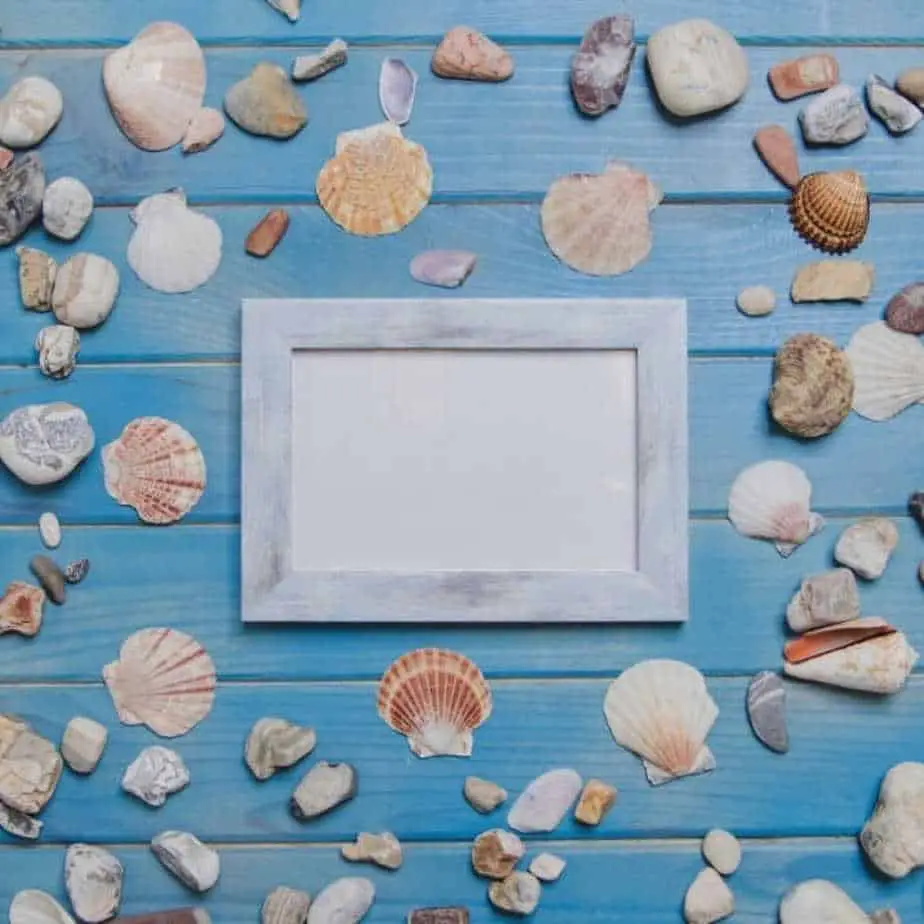
Here is a list of the ten best PVA adhesives:
Conclusion
The detailed instructions on gluing shells to wood that we just mentioned are the most useful tips from experienced people. Follow it, and you will easily have a work of art.
Thanks for following Gluecare. Leave a comment if you have other ideas for how to stick shells to wood!
Related article:
